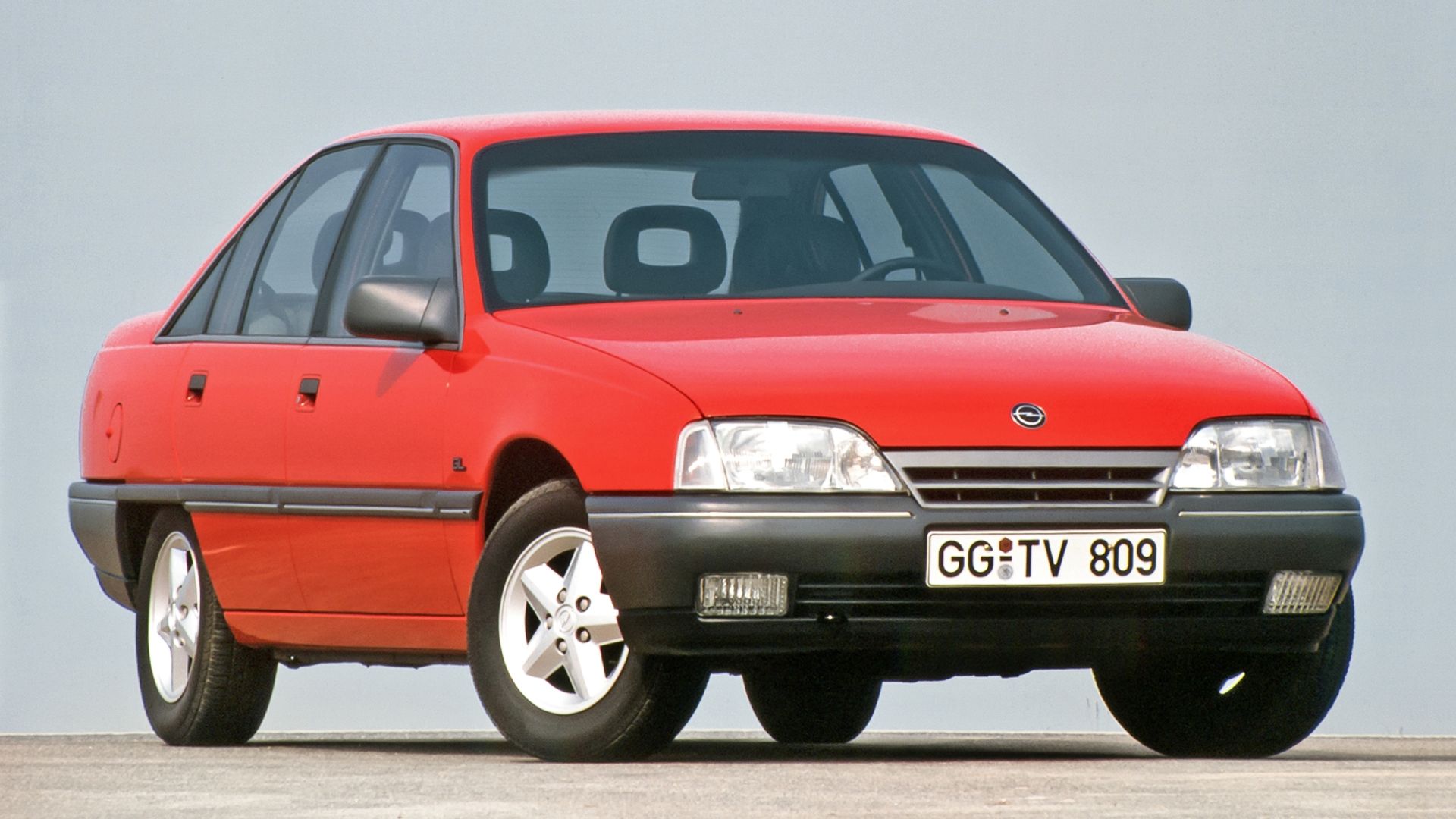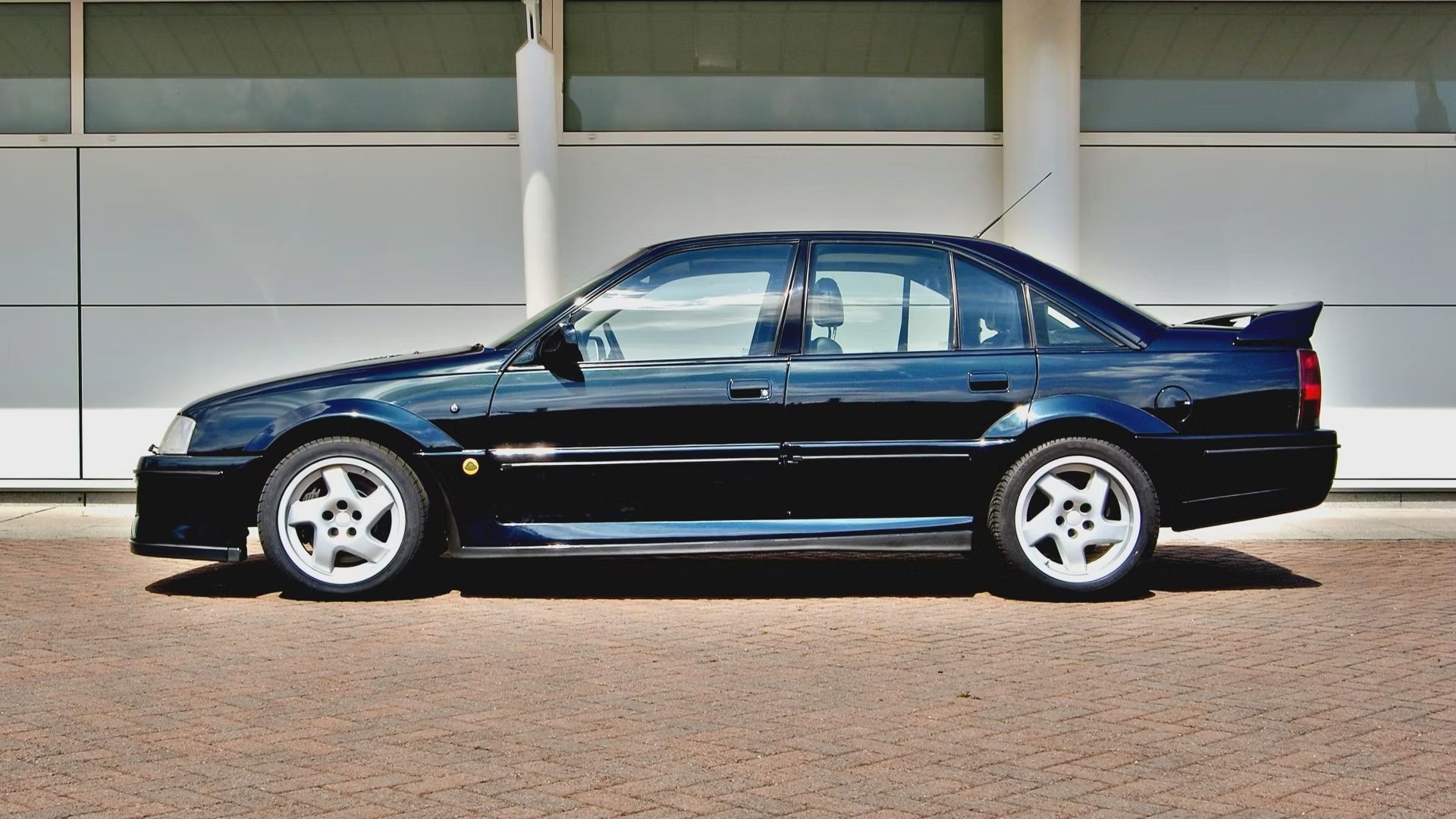
Summary
- European supercars gained popularity in the 80s and 90s due to their high-performance nature, sportiness, and exclusivity.
- GM partnered with Lotus to create a high-performance sports sedan, the Lotus Carlton, by outfitting a low-cost base sedan with top-of-the-line upgrades.
- The Lotus Carlton featured a twin-turbo 3.6-liter inline-six engine, wide-body kit, reworked suspension, racing brakes, and other performance enhancements, outperforming high-dollar competitors and police cars.
The popularity of European supercars in the 80s and 90s was driven by their high-performance characteristics, sporty designs, and exclusive nature. Brands like Ferrari, Lamborghini, and Mercedes-AMG produced expensive sports cars with powerful upgrades that could outrun anything on the road and track, making them highly sought after by automotive enthusiasts.
General Motors (GM) recognized the demand for supercars and decided to enter the market. However, instead of producing a fancy sports car, GM partnered with Lotus to create a high-performance sports sedan. Their approach was simple: take a low-cost base sedan and equip it with top-of-the-line upgrades, a strategy that would become popular in the following decades.
While most performance brands focused on two-door coupes and targas, GM and Lotus saw an opportunity to capture the market with a sports sedan. The 1989 Lotus Carlton became one of the first sports sedans to combine the worlds of supercars and sedans.
GM And Lotus Partner To Create A Super Sports Sedan In The ’80s
In 1987, GM’s European arm, Opel, introduced the Omega, a modest rear-wheel drive sedan designed for cost-effective production. In the United Kingdom, Opel was sold under the Vauxhall name, giving birth to the Vauxhall Carlton. While the base Omega/Carlton was well-received by the public and even won the Car of the Year award in 1987, it wasn’t breaking any track records.
Recognizing the market interest in high-performance cars, GM Europe’s president Robert James Eaton teamed up with Lotus CEO Mike Kimberly to transform the Omega/Carlton into a performance-focused sedan. Lotus Engineering was brought in to provide expertise and upgrade the sedan beyond expectations.
The collaboration led to the creation of the Lotus Carlton, which retained the inline-six engine from Opel but received extensive modifications. The engine was enlarged to 3.6 liters and fitted with a twin-turbocharger setup, resulting in an impressive 377 horsepower. The transmission was upgraded to a ZF six-speed manual from the C4 Corvette ZR1 to handle the increased power.
1990 Lotus Carlton Performance Specs
|
Engine |
3.6-liter twin-turbocharged inline-six |
|
Horsepower |
377 |
|
Torque |
419 Pound-Feet |
|
0-60 MPH |
5.0 Seconds |
|
Top Speed |
174 MPH |
|
Layout |
Front-engine, six-speed manual transmission, four-door five-passenger sedan |
(Performance specs sourced from Lotus)
The Lotus Carlton’s performance upgrades extended beyond the engine and transmission. It featured a wide-body kit, reworked suspension, racing brakes, Goodyear Eagle tires, and a limited-slip differential. With these enhancements, the Carlton could sprint from 0-60 mph in 5.0 seconds and reach a top speed of over 174 mph.
The 1990 Lotus Carlton Featured An Aerodynamic Wide-Body Kit
The Lotus Carlton’s exterior design was updated to not only match its high-performance nature but also improve overall aerodynamics. The wide-body kit with aerodynamic contours and aggressive styling enhanced its appearance and helped reduce drag. Vents on the hood improved engine cooling, and the sedan’s low drag coefficient (Cd) of 0.28 minimized wind resistance.
While the interior of the Carlton wasn’t focused on luxury amenities, it was praised for its size and capacity in the UK and Europe. Despite being considered a compact sedan by modern American standards, it was meticulously reworked to match the performance of supercars like the Ferrari Testarossa.
The Lotus Carlton’s Legal Issues
The Lotus Carlton’s performance stats were impressive, boasting an official top speed of 174 mph, with claims that it could reach over 180 mph. Its acceleration from 0-60 mph in 5.0 seconds was comparable to modern sports cars. What made the Carlton controversial was its relatively low price tag. Starting at £48,000 (around USD 58,598), it was priced significantly lower than its supercar competitors like the Ferrari F-40.
This affordability, combined with its extraordinary performance, raised concerns about the accessibility and safety of such a powerful vehicle. These concerns were not unfounded, as a stolen Lotus Carlton was used by a gang of thieves to commit a series of store heists while successfully evading the police. While this incident didn’t directly lead to the decline of the Lotus Carlton, production was limited to 320 units, with an additional 630 units of its twin model, the Lotus Omega, being produced.
(Sources: Lotus, Stellantis, Dodge, Ford)

